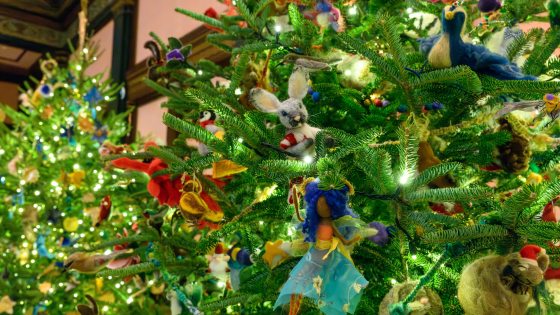Our Blog
Blog All Items Title
All Recent Articles
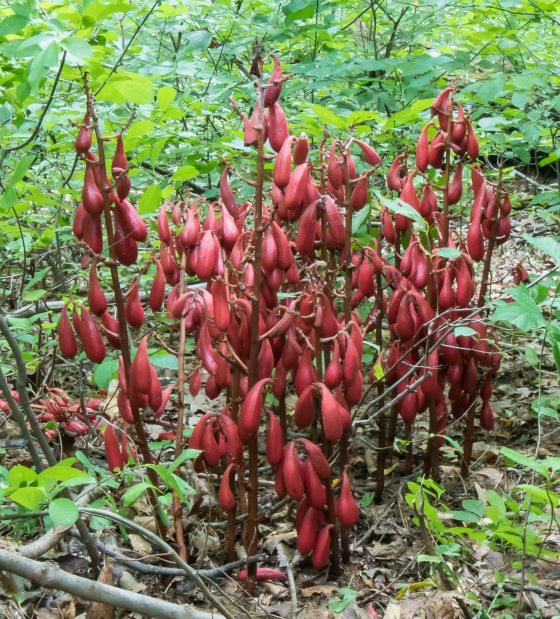
Phantasm of the Forest
Many guests visit Longwood Gardens to appreciate, enjoy, and study our carefully curated, world-class collection of more than 11,000 kinds of plants. Occasionally, plants find their way to the Gardens without the assistance of horticulturists ... Very rarely, a plant is found that defies logic and provides insight into the horticultural history and ecological health and capacity of the interface between Longwood’s gardens and natural lands.
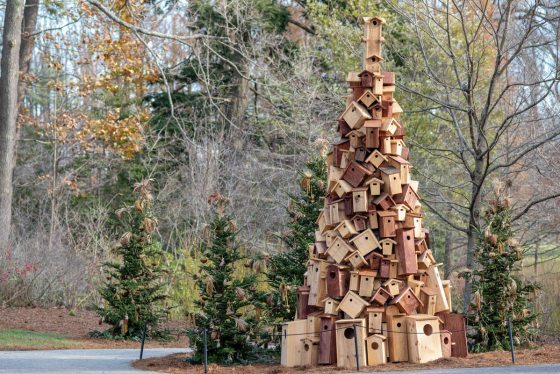
The Wildlife Tree … Reimagined
Under the direction of Senior Horticulturist Pandora Young, staff and volunteers annually create the Wildlife Tree, an outdoor feature that calls attention to the birds and small mammals that live in the Gardens. This year, the Wildlife Tree has been dramatically redesigned as a spectacular 15-foot “tree” made of more than 200 illuminated birdhouses, located at the east end of Flower Garden Drive. Surrounding the tree are four smaller Fraser firs ornamented in suet and seeds to feed the wildlife.
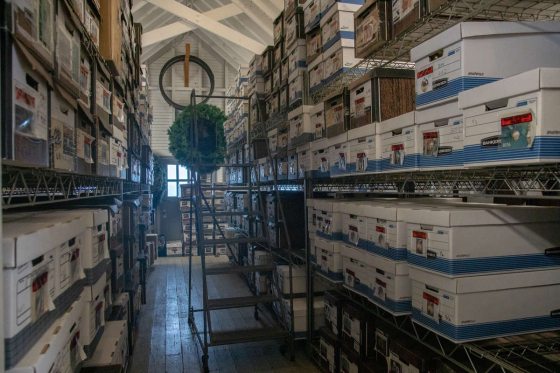
Our Ornament Collection, Unboxed
Now is the time of year when you may find yourself pulling your boxes of Christmas ornaments and decorations from your basement or attic and getting ready to trim the tree. Here at Longwood, however, we like to do things a little differently with our ornament collection.
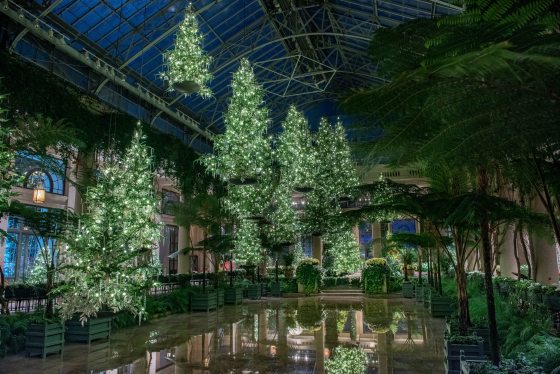
Our Floating Forest Takes Flight
When it comes to the logistics behind Christmas at Longwood, we take this well-practiced approach: start with what you know and find out what you don’t. With this year’s floating forest display above the Fern Floor, we had much to learn, much to test, and much to love about this intensely logistics-focused display—with a beautiful result.
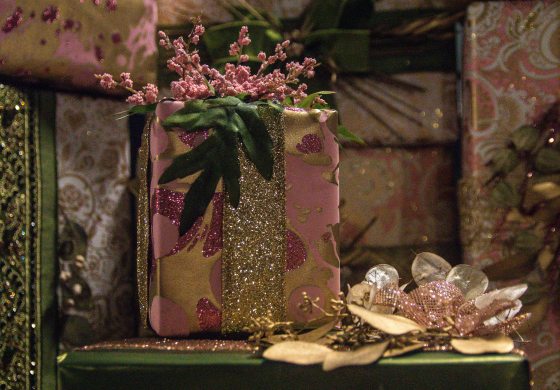
Gifts of Gratitude
When you look at this year’s Ballroom Tree with its ornate gilded topper and more than 125 meticulously wrapped packages in rich pink and green hues, lobstering probably isn’t the first thing that comes to mind. Interestingly enough, this beautiful tree was inspired by a tree made from, of all things, lobster pots.
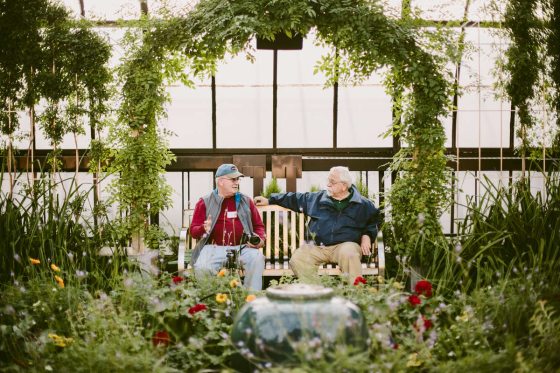
To Give or Not to Give: Longwood Fellows Examine Donation Trends for Arts and Culture Organizations
The Longwood Fellows program is fortunate to be situated within the thriving cultural community of the Greater Philadelphia area. The aphorism “a rising tide lifts all boats” is an apt metaphor for the support network that exists for the thousands of cultural organizations in the region.

Longwood Fellows Explore the Importance of Financial Endowments
As Longwood received the first snow dusting of the season, the Fellows departed for Morris Arboretum for our third salon in a series held at culturally significant locations. For this salon, we focused on the concept of how creating financial endowments can provide consistency and reliability on an often bumpy financial road. In short—how to fund impressive new projects and pay the electric bills.

One for the (Reimagined) Books: Our Music Room Sings
This year’s imaginative Christmas display, in which we look at trees in a whole new light, most certainly hits a high note in the Music Room. It’s here where creative paper and book embellishments, anchored by a rotating 18-foot Fraser fir graced with a garland of silver and copper books, truly sing in a masterfully reimagined library concept.
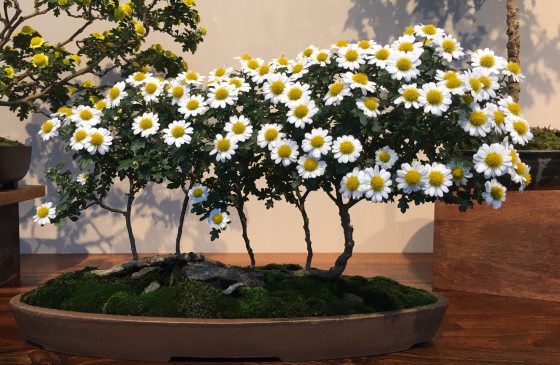
Tiny Flowers, Big Hit: Chrysanthemum Bonsai
Over the past 11 months, Longwood horticulturists have meticulously trained their chrysanthemum bonsai in preparation for Chrysanthemum Festival. The result is a collection of more than 90 beautiful plants, which can be viewed on a rotating basis through November 18, 2018.
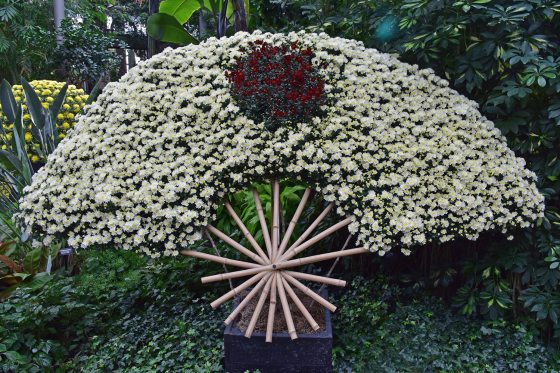
A Fan-tastic New Form Takes Shape
At Longwood Gardens, we start planning for our Chrysanthemum Festival more than a year ahead of our display. At our July 2017 planning meeting for this year’s display, Longwood’s Associate Director, Display Design Jim Sutton brought with him a photo of a mum grown into the shape of a Japanese handheld fan. Jim suggested we try to grow one of our own here at Longwood, and our work began.

Mother Nature, Mums, and Majesty
Renowned for its rare cultivars and imaginative forms, our Chrysanthemum Festival is the majestic embodiment of our unwavering dedication to preserving the time-honored technique and culture of mum-growing.
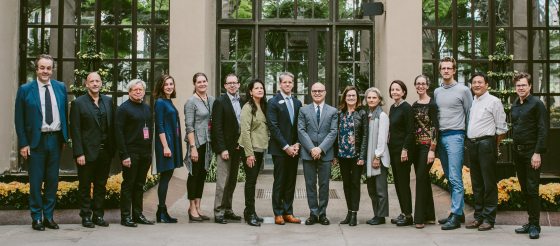
Designing WATER Post-Conference Reflections
One of the pleasures of organizing a convening like Designing Water, which happened last week at Longwood, is that—by setting up a theme of disciplinary concerns, a framework for discussing them, and gathering smart and talented people—something great unfolds. Usually, hopefully, you wind up with a conversation that is different from the one you imagined because of all the intelligence in the room. This convening did just that.
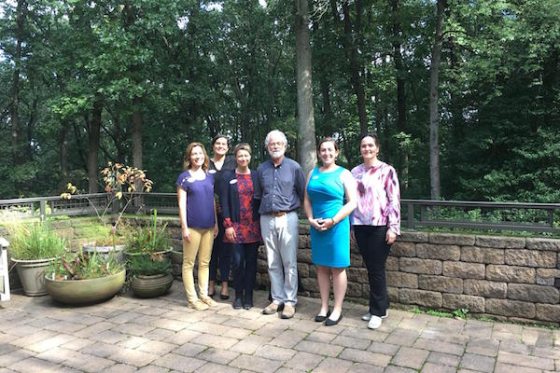
Longwood Fellows Discover Importance of Boards at Jenkins
As Fellows, the Longwood Fellows Program helps us develop our leadership fluency and understanding of organizational management. As part of the program, we visit gardens with distinct missions that set them apart from others. Our most recent salon was hosted at Jenkins Arboretum & Gardens, which is nestled in the busy Main Line area of the Philadelphia metro region.
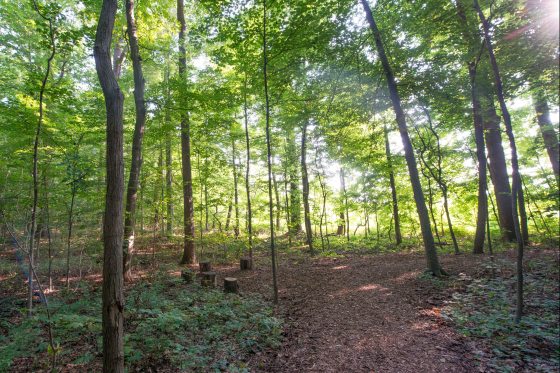
A Longwood Gardens Trail Guide
From shaded woodland paths to sunny wildflower-lined trails, our Gardens provide perfect spots for relaxed strolls as well as more energetic treks. Take a peek at just a few of our welcoming walking trails below and discover much more with a visit to our Gardens.
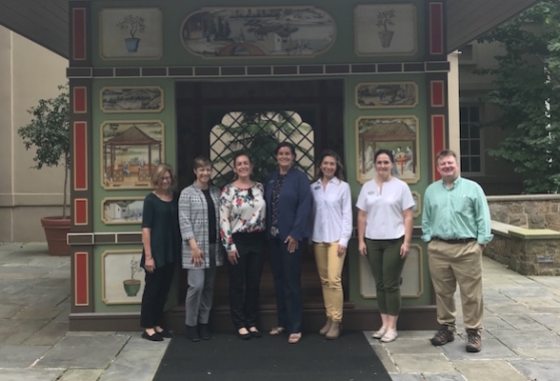
Longwood Fellows Engage in Leadership Salon at Winterthur
The Longwood Fellows Program curriculum includes salon-style discussions hosted by regional public garden and cultural arts leaders who have expertise in specific leadership-related areas. Winterthur Museum, Garden & Library was aptly selected to host the discussion of “How the Garden Fits into Institutional Mission.”
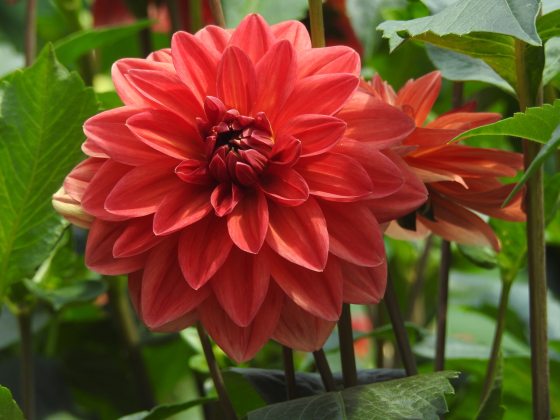
Growing Dahlias at Home
If you’re looking to augment your garden with late season blooms at a time when most perennials begin to fade, consider dahlias. Dahlias come in many colors, shapes, and sizes, and because of their variety, can be incorporated into many garden landscapes. Dahlias are also beautiful in the home, as they make excellent cut flowers.

Plantologists Unite!
Seed Your Future is growing the next generation of horticulturists.

Our Award-Winning Orchid Collection
Recently, we were able to bring some orchids from the Longwood collection to the Mid-Atlantic American Orchid Society (AOS) Judging Center. We were thrilled to receive 10 awards on eight plants, and among them are some rather important awards!

Making Our Fountains Dance
Our imaginative fountain choreographers utilize cutting-edge technology and artistic finesse to create astonishing performances.

The Botany of Beer
For the past several years, we have been working closely with Victory Brewing Company to create a unique collection of botanically-inspired beers. While some of the ingredients used in flavoring these beers have come to us from around the world, others were grown right here at our Gardens. All, however, possess rich botanical histories that have imbued these beers with a unique character (and flavor!) that is quintessentially Longwood. Get to know our brews better by taking a closer look at some of the plants essential to our brewing process.
